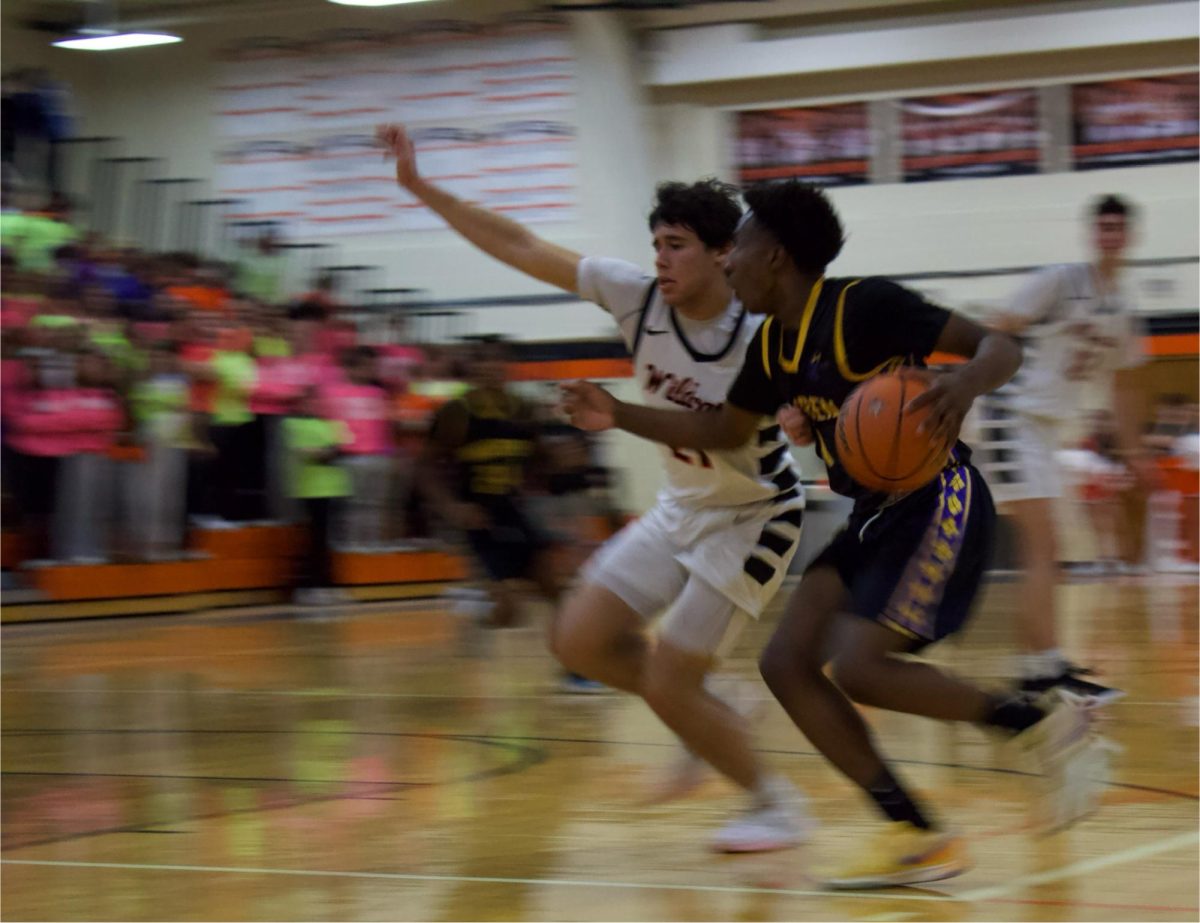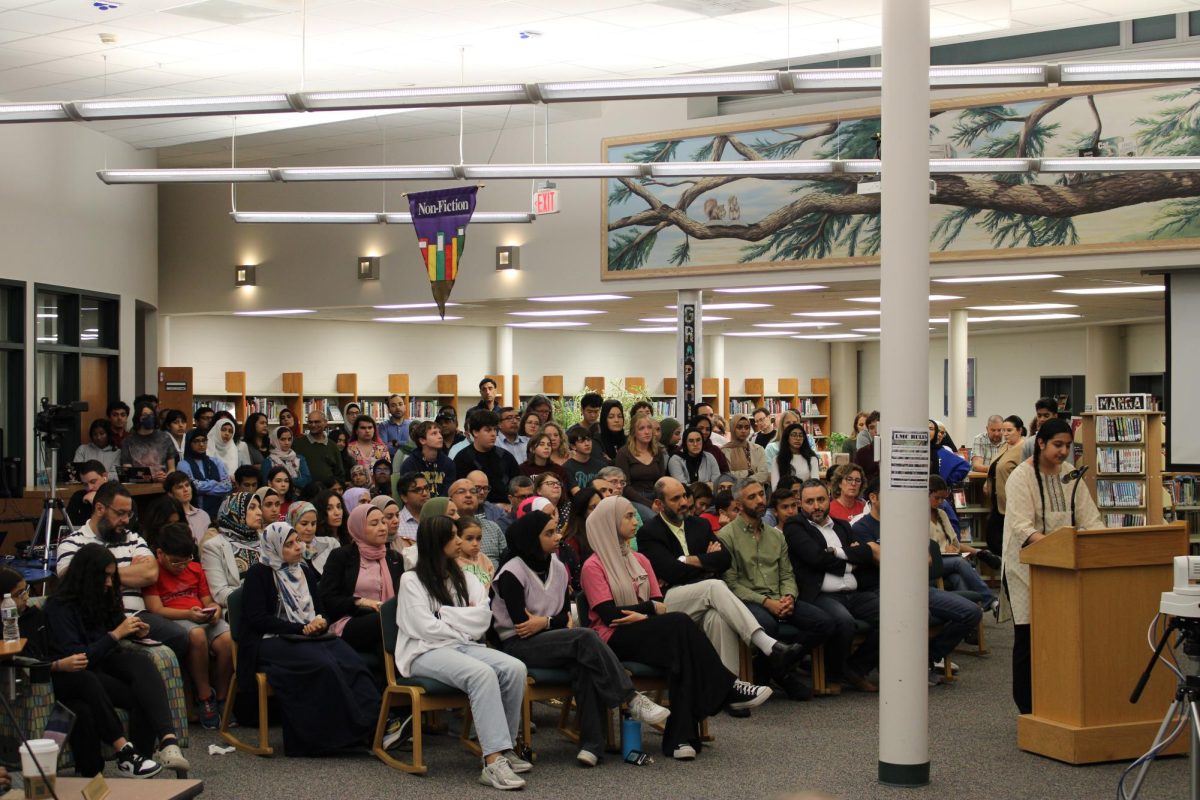For the past 11 years, students at LHS have had the privilege of using 3D printers to enhance their education, and use real-life skills to learn what it is like to be an engineer.
At LHS, there are four technology classes: freshmen take electronics, sophomores take engineering design, juniors, principles of engineering, and seniors, engineering design and development, the class in which students actually make things with the 3D printer.
Here at the high school, there are 3 3D printers, two located in room 002, and one in room 017. “The first 3D printer purchased for LHS cost around $30,000, and has been around for 11 years,” said Mr. Andrew Thomson, an applied technology teacher.
“The printer we purchased 11 years ago is on its last legs. It’s getting old, they don’t last very long, and we’ve been good about keeping it up. But to fix it right now is going to cost around $4,000. 3D printers have dropped in price so much; the new one we are getting is around $6,500, does the exact same stuff as the other one, but it’s not as big,” said Mr. Thomson. “The other [printer] cost about $1,500, and of course doesn’t do the same stuff as the other one, not as much detail.”
The new printer, manufactured by Stratasys, one of the leading producers in 3D printers, is called the Mojo, described as a “little powerhouse” that is the most compact, accessible way to get professional desktop 3D printing, according to Stratasys’ official website. Earlier this month, the printer was delivered to the high school.
Students in the engineering design and development class, run by Mr. Thomson, have the capability to use the three printers. “What the students do is they develop a problem. Then, they design a product to find a solution for that problem,” said Mr. Thomson.
After students have found a product they’d like to construct, they have to design a mold on the computer to create the shape of the object they’re trying to produce. The 3D printer then reads the digital file and slices the model into hundreds of thousands of horizontal layers. Once the file has been downloaded onto the printer, it creates it into a three-dimensional object, layer by layer.
Injection molding, the shaping of rubber or plastic articles by heating material into a mold, is how the students at LHS make various products. “Say I want to make a cap, it’s made out of plastic. So you make half a mold and the other half has a hole in it, so the mold shoots plastic inside of it and when it cools, you open it up, and you’ve got that (the cap),” explained Mr. Thomson. “When you’re doing injection molding, you’re going to make a part out of plastic or steel or even aluminum. You need a mold made that you injected that melted material into it, and you open that mold and the part comes out.”
In the past, students at LHS have made all different kinds of useful objects such as chess pieces, flashlights, filters, phone cases to hold credit cards and money, and a pen with sharpie and marker all in one.
“We had to entirely redesign a car, all the individual axles and wheels and the treads for the tires. We had to make our own dimensions and sketches from our own work, and then we individually made the parts and assembled them together. As far as the parts, they had already been pre-made virtually,” explained principles of engineering student, Tyler LaRoi, a junior who designed a car on the 3D printer computer software. “All those files can be used to print something. So if you took the gear you wanted, you just more or less send it to the printer.”
Just like any technology, there can be misuse of 3D printers, such as 3D printing a gun, or any other type of weapon. Defense Distributed, a nonprofit digital publisher and 3D Printing R&D firm, released blueprint files for the first 3D printed gun online through the Wiki Weapon project-the effort to create and release the files for the world’s first printable handgun. The Liberator pistol caused much conflict between Defense Distributed and the US State Department, which demanded that the files be taken offline. Within the first the first three days of the files being released, there had already been 100,000 downloads to produce guns or parts similar to the Liberator.
“People made a gun out of a printer, and we have to be careful about that here at school, obviously. I don’t think it’s wide-range use because most people that are going to do those types of things don’t have the knowledge to make them. Obviously, any type of technology can be used for negatives but I think the positives outweigh the negatives,” said Mr. Thomson. “In a school setting, there’s no way someone could get away with weapons or anything like that,” said LaRoi.
In more national 3D printing news, on Sept. 8-13, at the International Manufacturing Technology Show in Chicago, Local Motors made history by 3D printing a car in a total of just 44 hours. Constructed from carbon-fiber reinforced polymer, the same plastic as Legos, the Strati can drive up to 40 MPH and has about 40 parts, compared to the traditional 20,000 parts found in a regular car.
“I’m interested to see where they can go with it because they’ve come such a long way with it in such a short amount of time. I know there’s printers that make food. The prices have dropped a lot so I think a lot of more things will be coming out that you’re going to see,” said Mr. Thomson.
On the contrary, others may not think the 3D car is all that it seems to be.
“To me, it’s like Local Motors did it because they could. The way 3D printing is used now is that it’s more prototyping than a final product. You can’t just print a car and assume that it’s capable of handling road conditions. It’s like they did it to prove they can make a statement.” voiced LaRoi.
While opinions vary when it pertains to the 3D printing of the Strati, here at LHS, the printers are used for the benefit of the students.
“What I enjoy most about 3D printing is what it allows my students to do. Never could they do that before. Now they can design something and print it out and actually have a physical form of it in their hands, which is pretty amazing to me,” said Mr. Thomson.



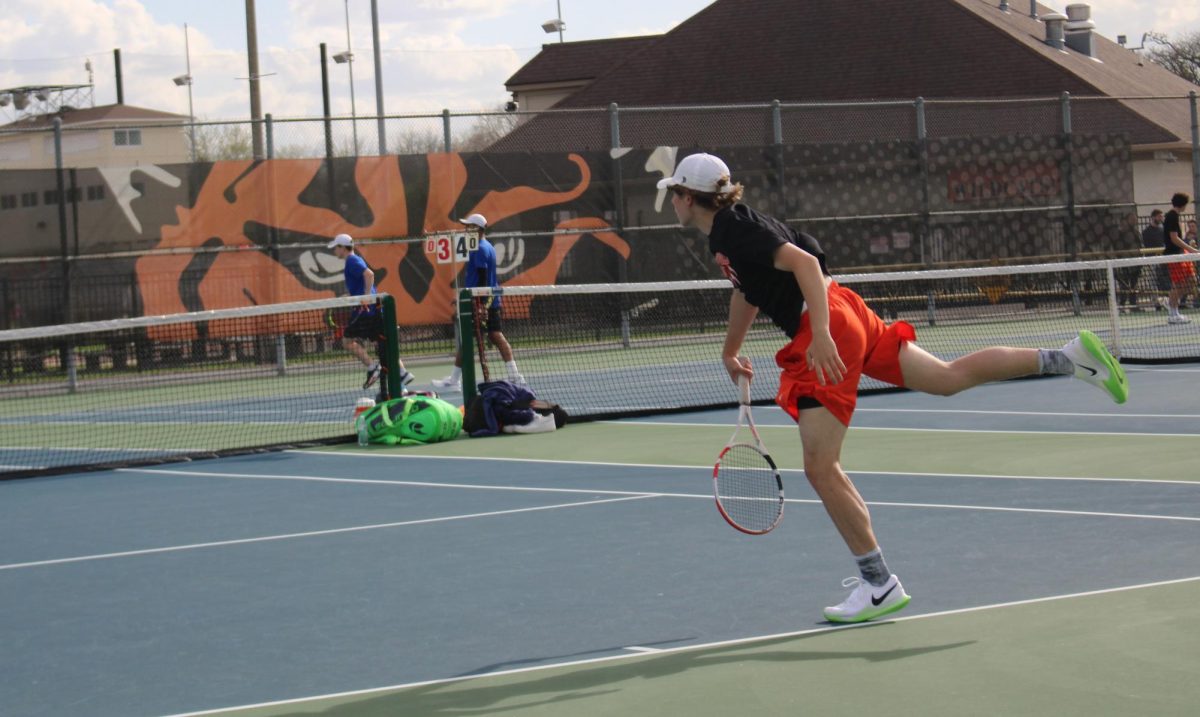


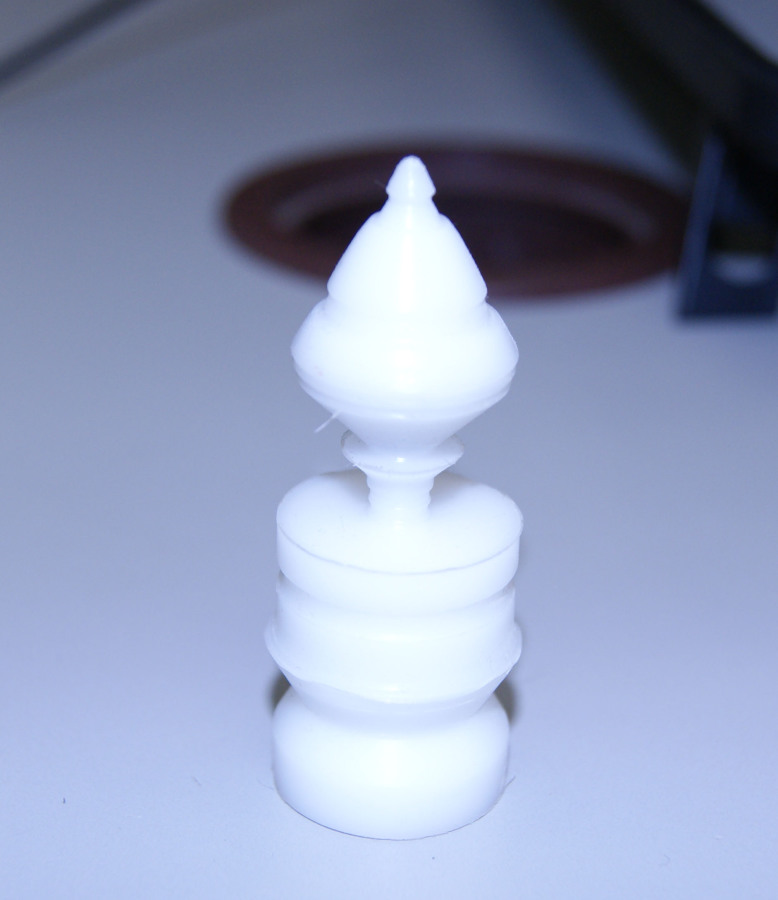

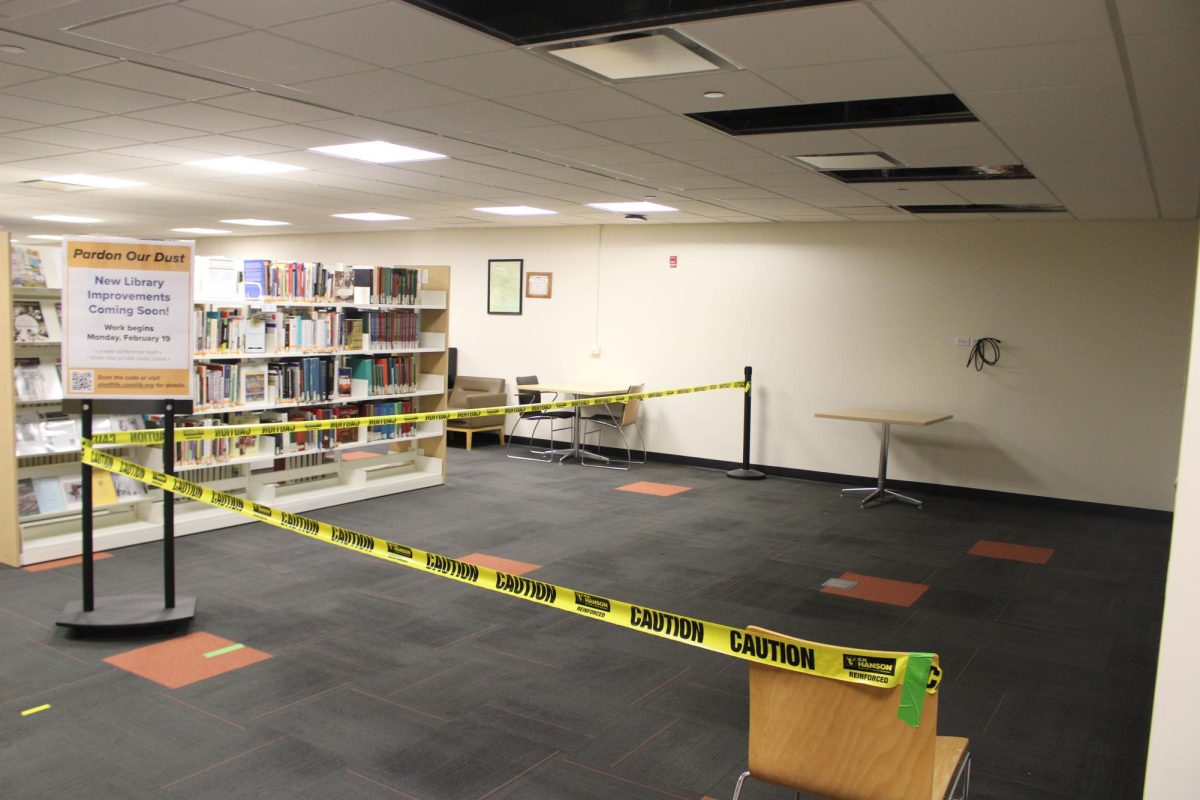




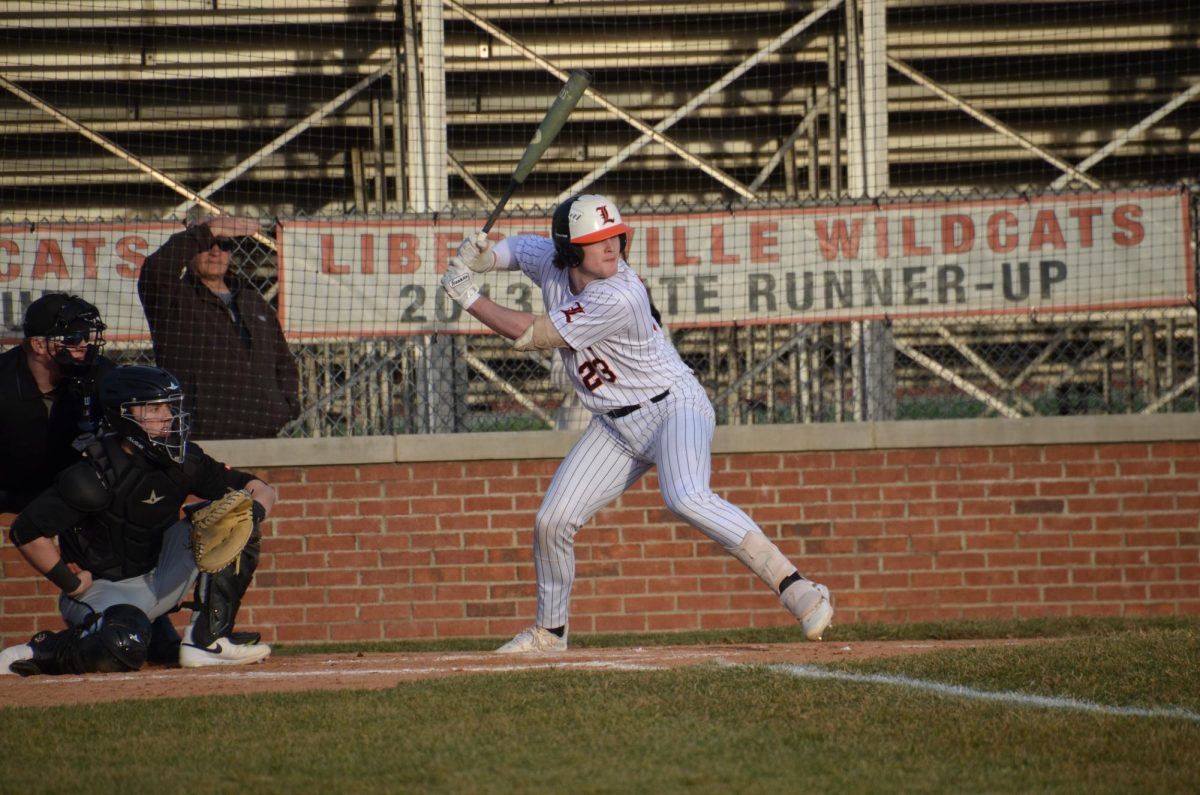
![For the final piece, a combination of Symphony Orchestra and Wind Ensemble played an extravagant song by Paul Hindemist. Flute soloist Dakota Olson had her moment highlighted within this song. “[My solo] was definitely challenging but it was fun too,” Olson said.](https://www.lhsdoi.com/wp-content/uploads/2024/03/amy-and-joey-shot-1200x800.jpg)

